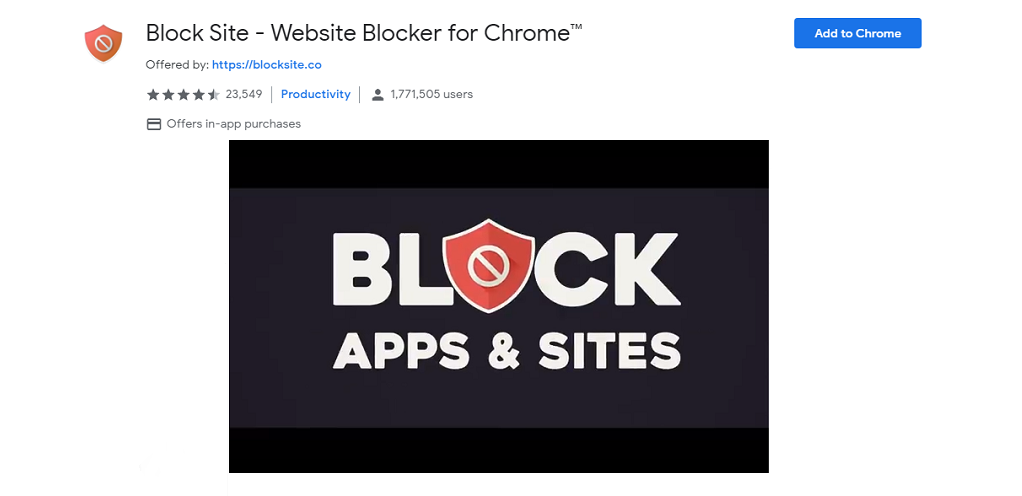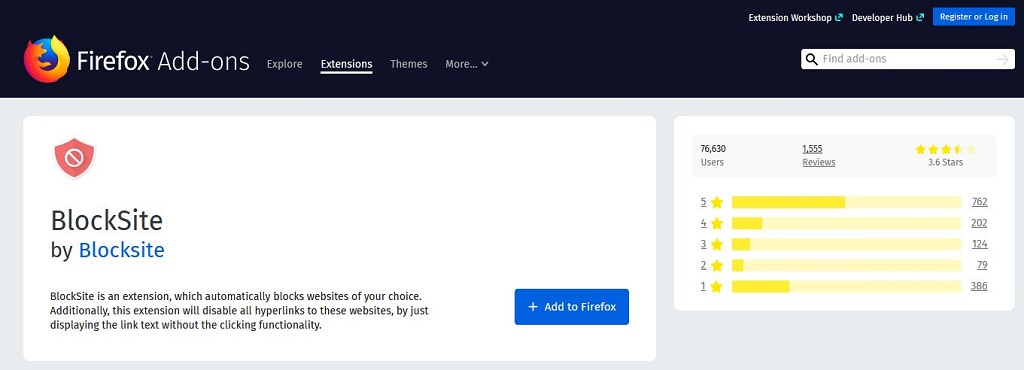How To Block Websites on Chrome, Firefox and Safari Browsers on Desktop
As every coin has its two sides, positive and negative, thus, every website has a positive and negative side too. Some websites are only hampering us without any positives. Some websites are designed to steal our personal data, some affect our hardware friends with viruses, some simply distract us from our study or work and waste our time, and some just have inappropriate content. As there are many parental control apps available online, but if you wanted to block just specific website these few plugins will do the best for you.
Fortunately, there is a simple solution to this problem- blocking the website that is troubling you.
How to Block Websites on Google Chrome Browser
If you have children at home who surfing internet on computer and may open unwanted sites which can affect them badly so, parent should block such web site on urgent basis. Check out this detailed video that provides you complete guidance of How to Block a Website. Not only websites but you can also block YouTube videos which are equally disturbing the mental health of our kids.
Using Extension for Google Chrome
Google offers a lot of extensions for blocking websites. Block Site is one of the best among them. It is not only quite easy and hassle-free to use; it also allows you to customize how you want to block a website. Once you have a list of blocked websites, you can protect it by adding a password to it.
1. Search And Download Block Site
You can google “block site” or go to the Chrome web store and search for the block site extension and click on the “Add To Chrome” option.
2. Add Extension

Once you “Add To Chrome”, a pop-up window will appear informing you of the features in block site extension. You will also see an option to “Add Extension” in the window.
Extension Link: – Block Site
3. Active Extension
Once you have finished activating the extension on your chrome, you will notice a new icon of an orange shield on the top-right of your browser.
4. Visit and Block Websites
You can now go to the website(s) you wish to block and simply click on the new icon on your chrome. It will give you the option to “block this site.”
If you ever wish to unblock any site from the list, click on “edit your list” and you can unblock any site you want by clicking on the minus sign beside the site name.
How to Block a Website on Firefox Desktop
Using Add-Ons for Firefox
Add-ons in Firefox allow you to customize your browser according to your needs. Firefox also has the Block Site add-on.

Once you add Block Site to your Mozilla Firefox, restart your browser, go to Add-ons manager page, and there you will see the new add-on. Add the URLs of any site you wish to block and confirm.
Add-on Link: Block Site
How to Block a Website on Windows
Using Host File in Windows
Host files are plain-text computer files that are used to map host names (computer names) to IP addresses. In basic terms, it enables your PC to translate the names of websites to their IP addresses.
You can use the hosts file to block websites on both Google Chrome and Firefox, all for free.
- Search for Notepad on your start menu. Right-click on Notepad and select “Run as administrator.”
- Select File> Open and browse to:
C:WINDOWSsystem32driversetc
- Open button on the bottom – right of the window will have a drop-down menu option that says Text Documents (*.txt). Change it to All Files (*.*)
- Now open the file named “hosts” and at the end of the document, enter a new text line and block a website using this format;
127.0.0.1 spam.com
For each site you wish to block, add a separate line in the same format in the document. Then select File> Save and reboot your PC.
Kindly refer the video which simplifies the procedure of blocking websites.
Using Third-Party Tools
You can also block websites by availing third-party tools. You have a plethora of options when it comes to website blocker tools. This enables you to choose the tool that best suits your needs and budget.
How to Block a Website on Safari Browser
Are you a Mac device user or your kids are using Mac safari and you wanted to block a website on Mac Safari, but not actually knowing the procedure then kindly refer the steps given below:
Using Terminal in Mac
- Hit Command+ Space. Type and then select “terminal.”
- This will open the command line. Now type the following commands, without quotations.
- Type “sudo nano /etc/hosts” and hit Return. Now type in your system administrator password in the space given, giving you access to the host file database.
- Move your cursor below the line that says “127.0.0.1 localhost” and type “127.0.0.1 “and then the address of the website you wish to block and hit Return. Add all other websites in this manner.
- Click Control + O to save all changes and click Return.
- Click Control + X and type in “sudo dscacheutil –flushcache”and hit Return.
Using System Preferences
- Launch “System Preferences” in the Apple menu and open “Parental Controls.”
- Click on the “Lock” icon on the bottom and enter your system admin password as prompted. Now add a new account by clicking on +
- Open the “Web” tab and select “Try to limit access to adult websites automatically” option. This will block most websites that contain adult content.
- You can also block specific websites by clicking the “Customize” option and select + to add the name of the website.
Using Safari Browser
- Launch Safari. Proceed to open the “Safari” option on the top – left of your browser.
- Select “Preferences” and then the “Websites” tab.
- Now click the “Content Blockers” on the sidebar and then select a website.
To make it easier for you we have created video by that you can easily understand the whole procedure to block websites on safari Mac.
Web sites can sometimes be quite a hindrance for anyone. In this modern age, the World Wide Web is an integral part of almost everyone’s life. Hopefully, with the above information, you can now block any site that is causing you trouble.


